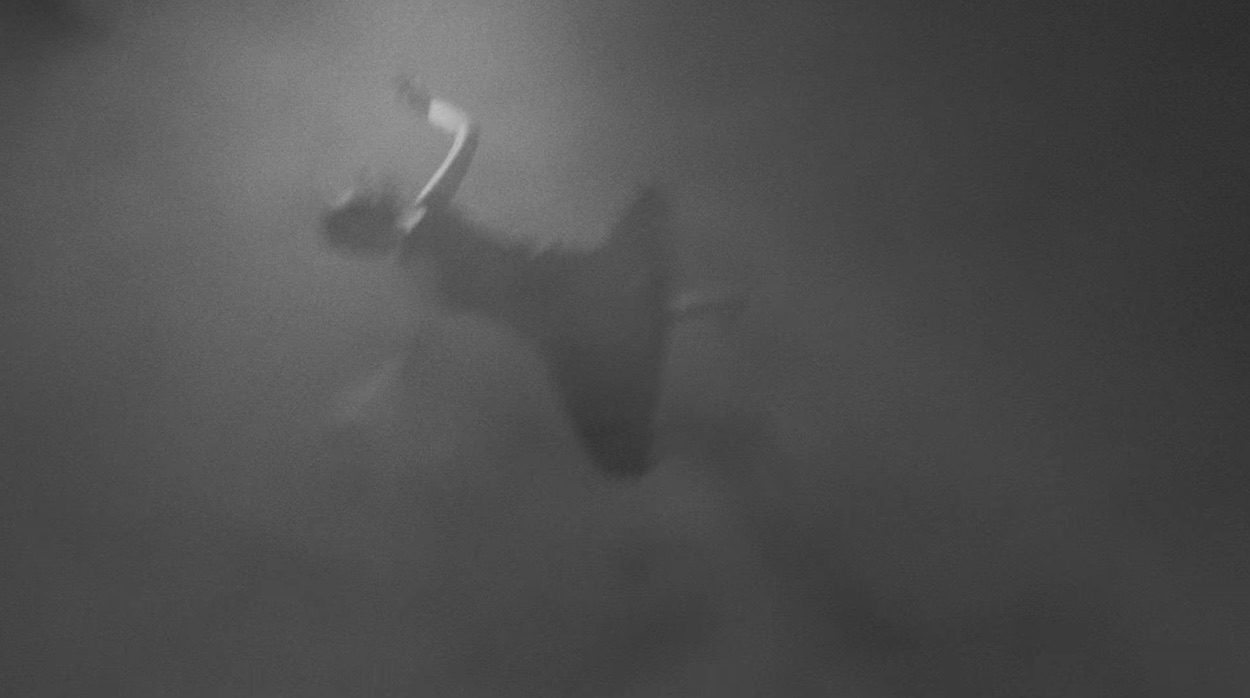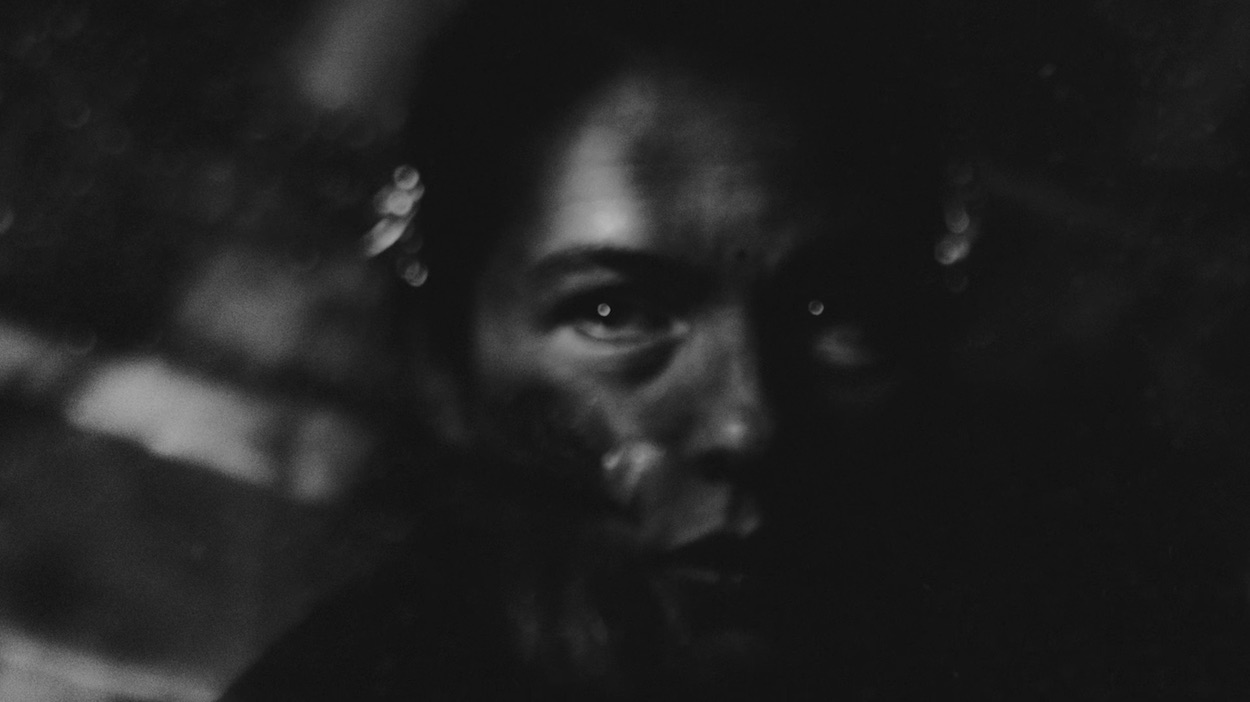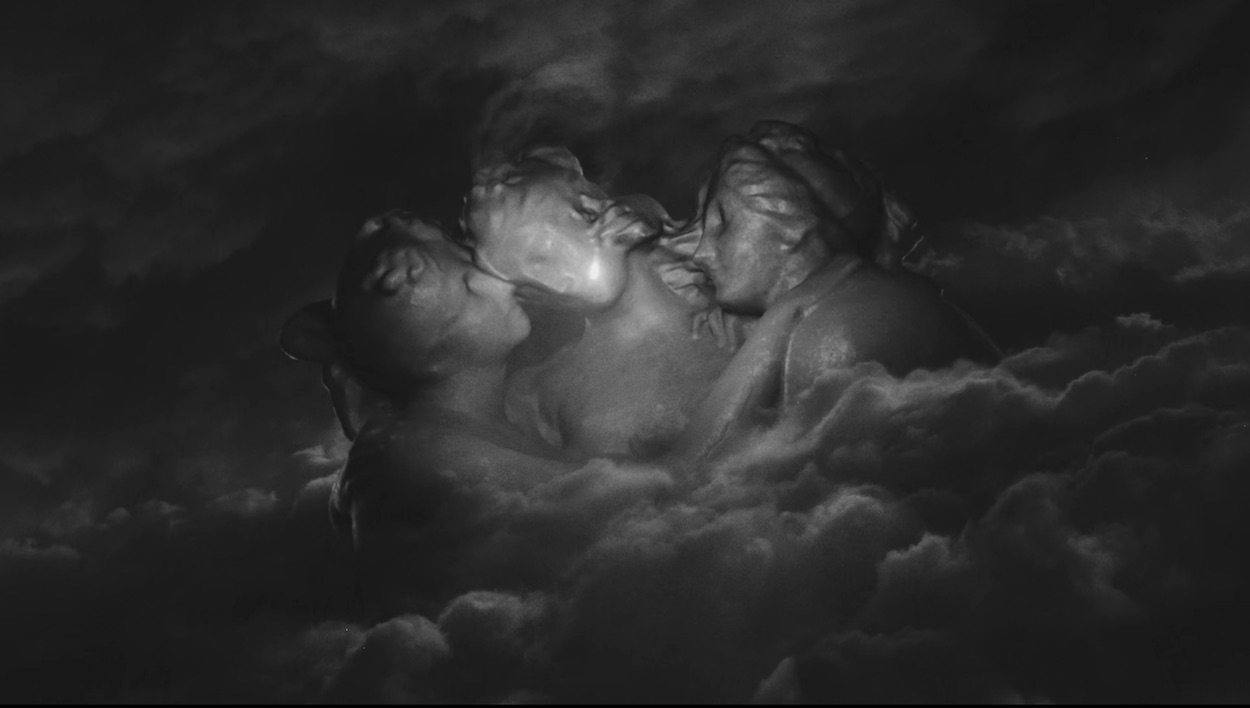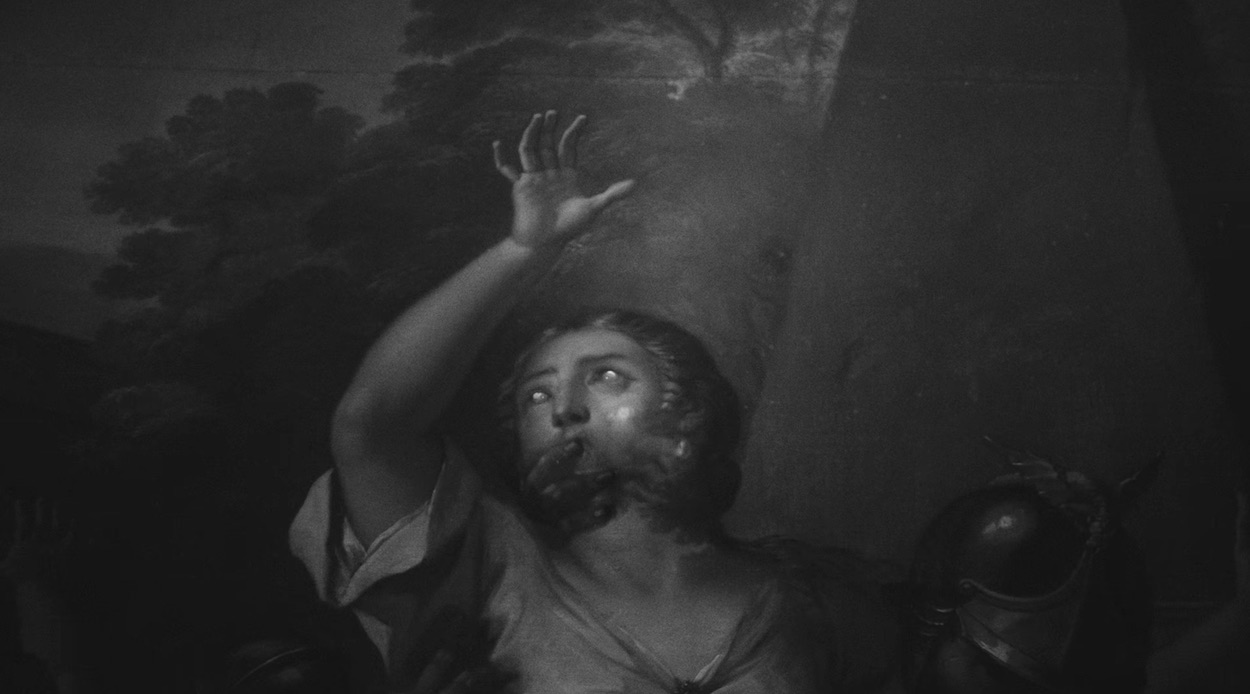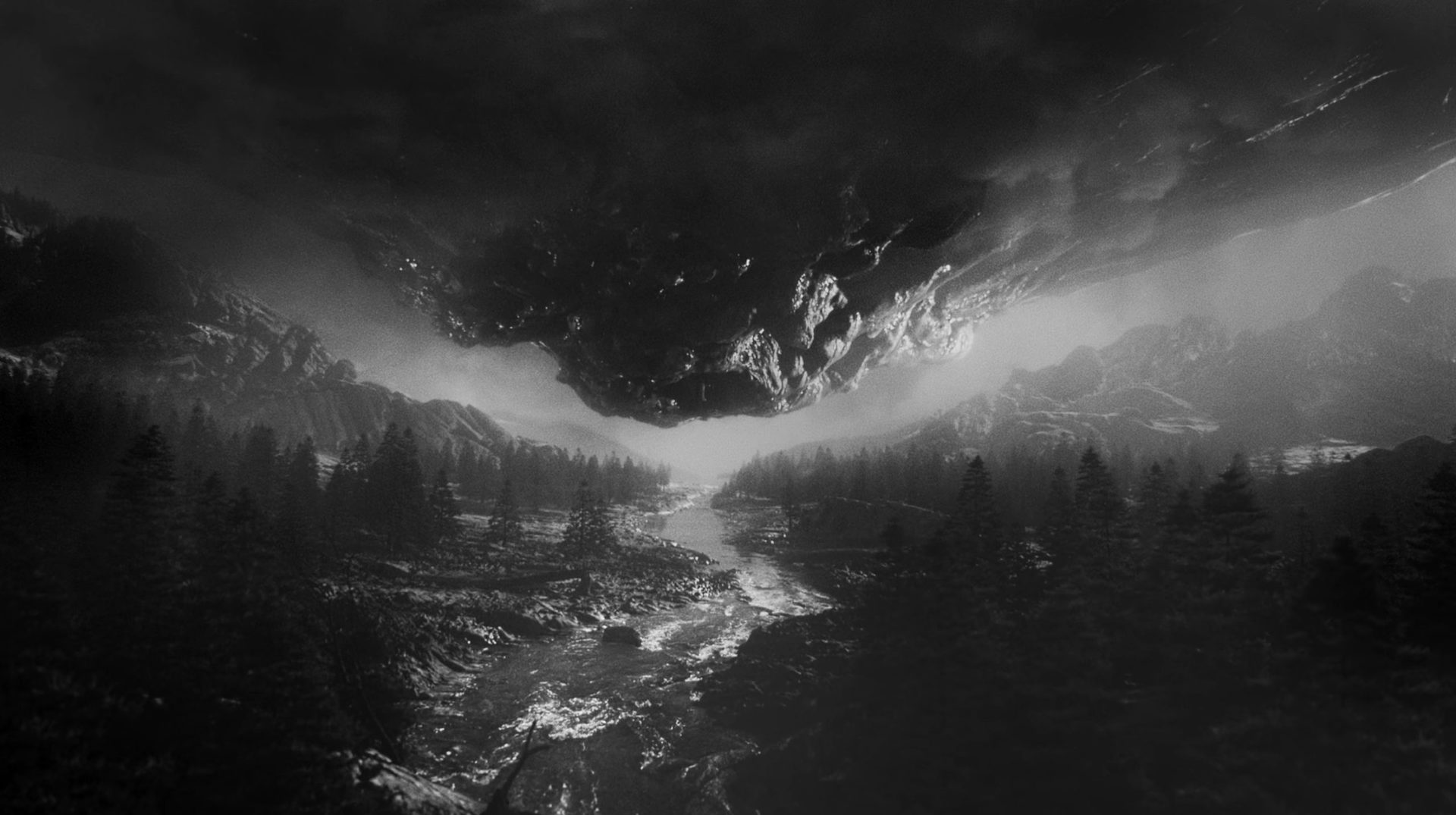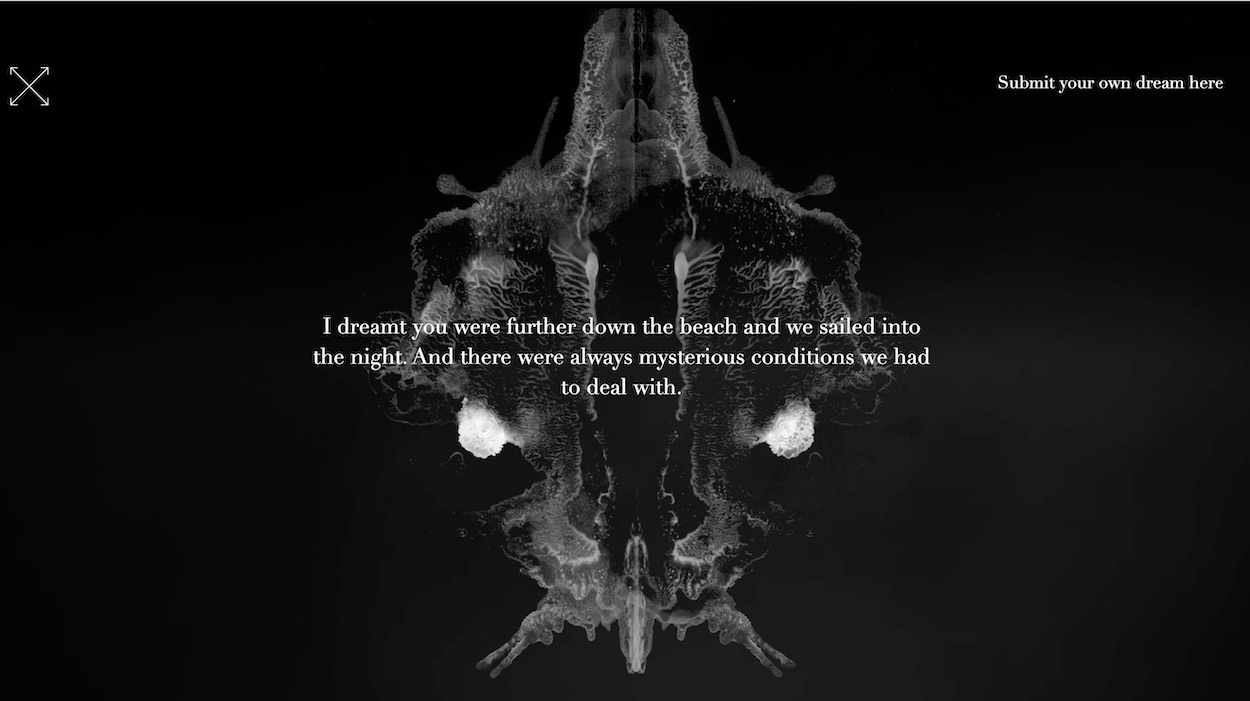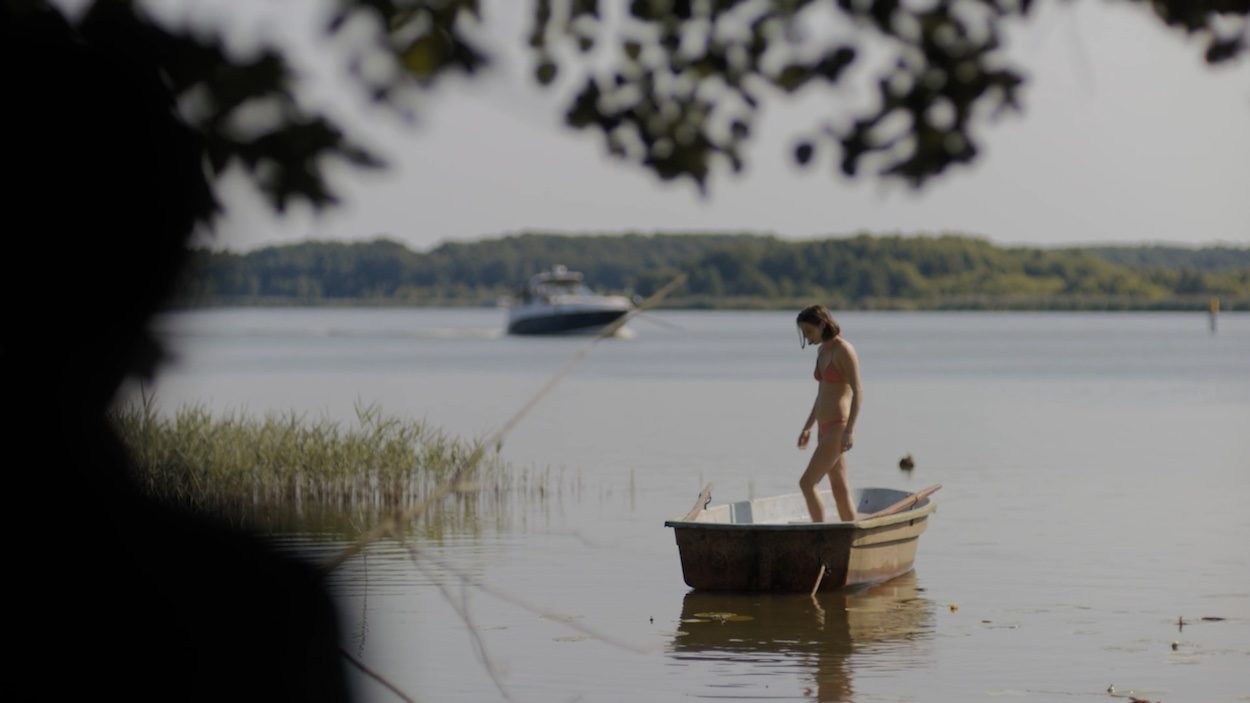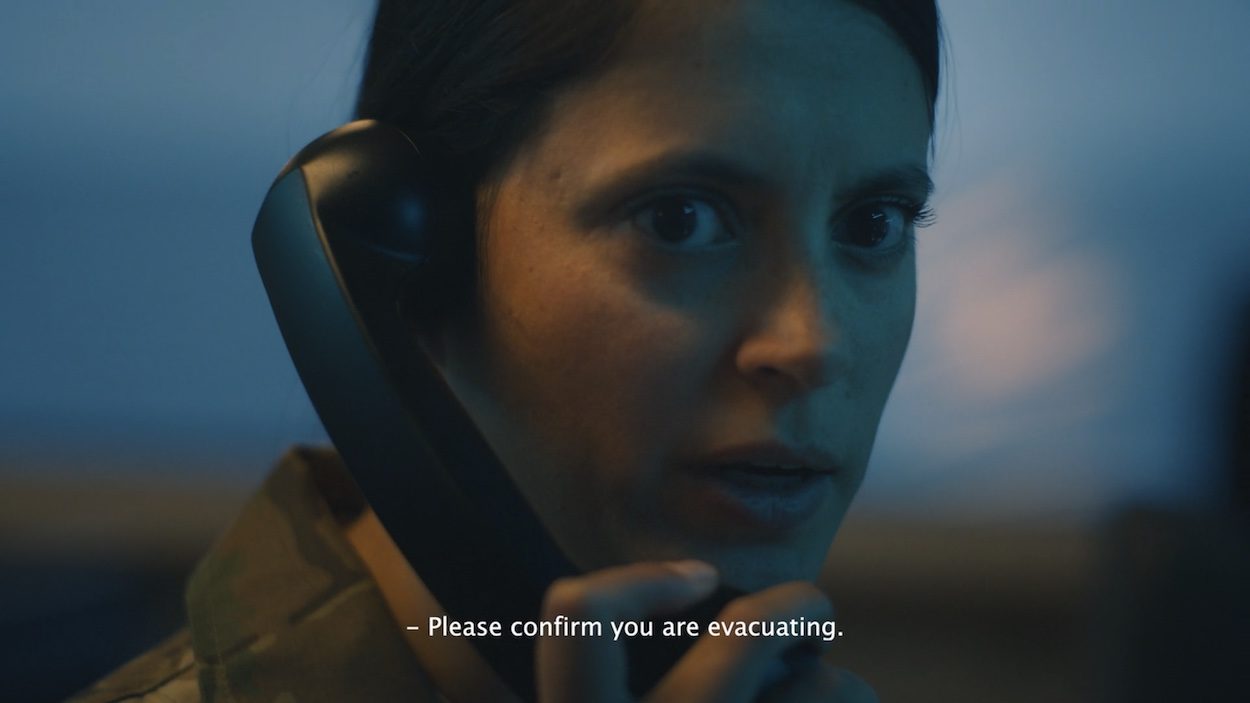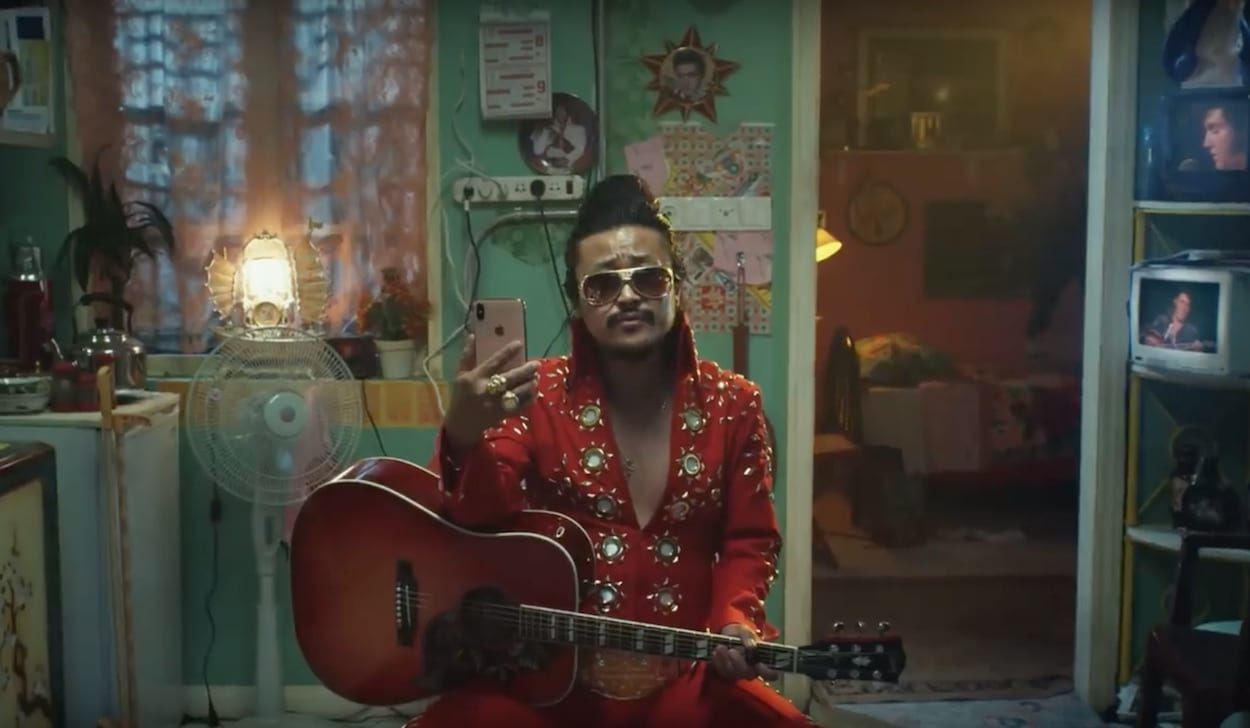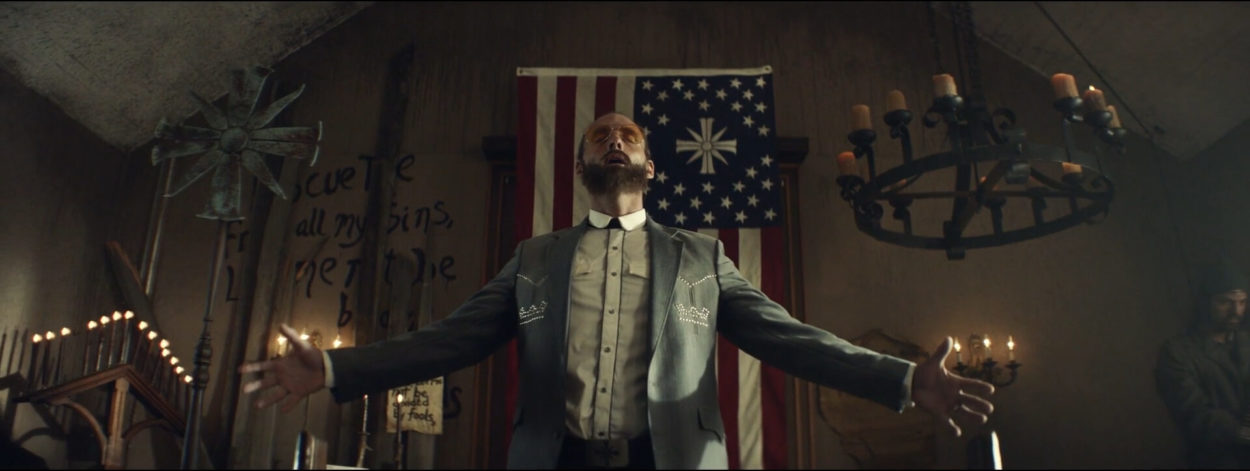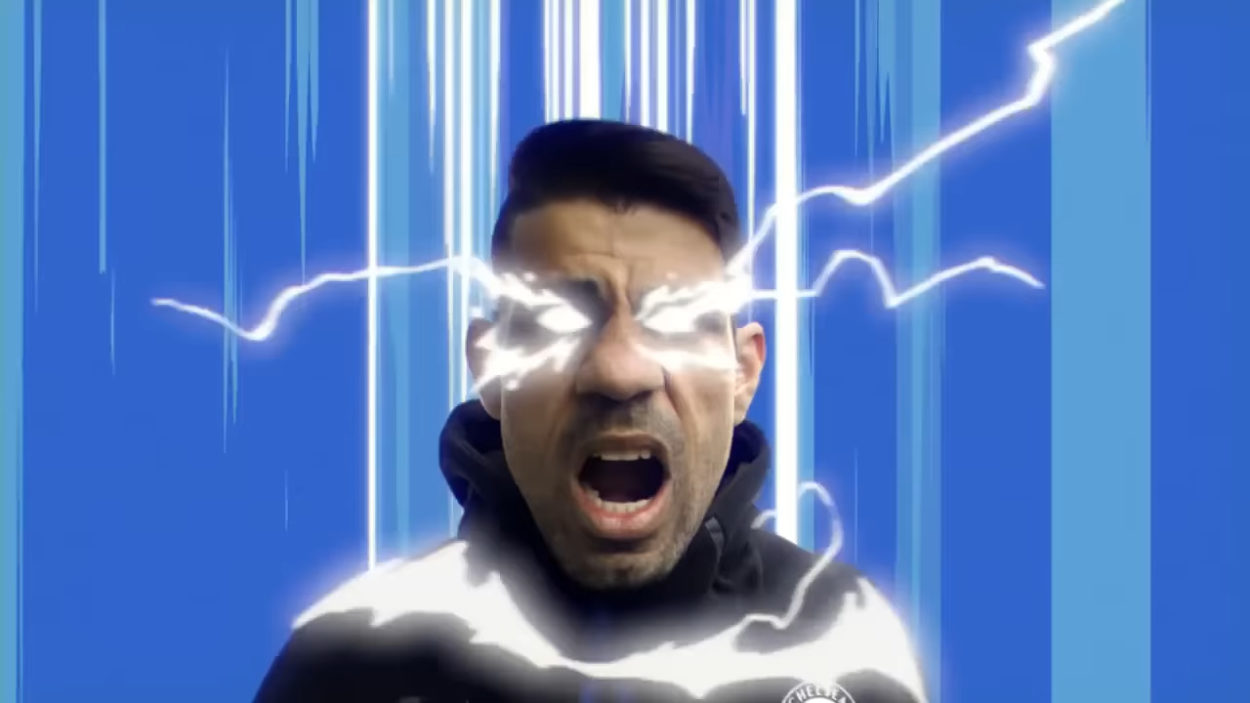When we last spoke 11 years ago, the feature ended on a quote where you spoke about the space you wanted to evolve into next and I’d like to pick up where that conversation left off – “I think I need to be able to reinvent some parts of what I do, [to go] back to an earlier state before people expected certain things from me. I would kind of like to change. I would like to be able to move more freely in trying different things, working with ideas perhaps, rather than it having to be so personal all the time.” I wonder if you could comment on how far you feel you’ve achieved this over the intervening years?
I remember being in a locked place creatively, where my aim always would be to give birth to these ultra-personal projects. I thought I had to push myself beyond what I was able to do. I was my own worst enemy. This was a lot of stress. I was too hard on myself. It was a feeling of wanting to be back in art school where everything was new and free. My friend Patrick tried this, but I think it’s impossible to go back there. But I still try to get my fingers dirty and to fumble and to explore – and I guess this means that I still work a lot. I feel I have a good balance between more commercial projects and my own projects now.
This past year I have spent a lot of time writing, also learning by doing some episodes of a TV series, I produced a record (music which I hold very dear), and then I did several art projects / art films.
I feel there is a good balance, and I am more clear in what I am interested in. I still feel as though I only just started.
This idea of going back to an earlier state is really intriguing. What struck me most when watching your new film, Color Me, was just how coherently this film connects back to your earlier work with Fever Ray, Mew and particularly Royksopp on What Else is There – in certain surface ways with recurring visual motifs such as bodies moving in an elevated form above the ground, the idea of narrative being subdued in favor of questioning the way in which different planes of existence (consciousness / dreams / nightmares / primal instincts) intersect and interact.
Do you feel now that you’ve reached a point where you’re finding more answers to those questions you began formulating for yourself all those years ago?
I made “What Else Is There” in a very instinctive way. I half dreamt it. In “Color Me”, I feel I created a place, a familiar place of seeing yourself fall apart, a vulnerability which also had to be very physical (mental illness, anxiety, etc.) creeping or crawling into you. All of this leads into an acknowledgment – or coming to terms. This can feel like healing. I do not want to answer any questions. That is not for me to do. I am more interested in creating the place where you can project yourself. And provoke the projection.
It is true that there are clear links to Röyksopp and The Trouble with Anna Nielson – but I always circle back to the same themes. The matter I know. Parts of it sneak in again, but always in different ways.
Now it was interesting to touch the meltdown, try new techniques and learn something. The process of putting all this together in a meaningful way was of course very difficult. This was also an almost no budget project. I had to sit and wait for people to get off their jobs, so they could help me out. Luckily, I had the pleasure of working with a lot of talented and very passionate people who were willing to put in a lot of effort, because it would never have been possible to do without the help of all of those people, the production of Bacon and the postproduction of BaconX.
The thing that really struck me about Color Me was the accuracy of the way in which you depict what I take to be a version of an anxiety or panic attack descending into a more seismic and structural collapse of the character’s identity and sense of self to the point where she’s confronted by the abhorrent projection of herself that she (I think) has created herself (as we do to some extent when we’re inside a state of mental illness, it is our own mind having a version of an autoimmune reaction to itself in which it starts to consume itself I think). It’s almost like an aesthetic representation of a nervous / psychological breakdown in which we get consumed by this thing which at the time seems external to or separate from ourselves as though it has some form of objective existence apart from us.
Which is a very long winded way of asking, could you explain the significance of this project to you, its creative origins.
In my childhood I had the room in the back of the house. Facing the garden where it was always dark in the evening. I knew I was going to be murdered one day, so I slept with my back against the wall. I dreamt of my body changing, and that me and my friend Lars melted into each together. I dreamt of holes in my body, puss, sperm, coming out – a sense of the possibility of death. I was there when my friend Katherine was taken to the hospital by a doctor. She was hallucinating and what she saw was very scary. So at times she tried to escape. I think all these places, and feelings – of being in yourself, outside yourself – in a distorted world, and sometimes in a connected one, was something I got to know. I guess we all know it one way or another.
I think I was longing for this a bit.
I have had these ideas lurking around for a while, and when Patrick Grossi (Active Child), who is my friend, sent the song I really wanted to do something, it was so incredible. The project had to be a slow burner for me where I could experiment.
And connected to that you’ve commented that “I wanted the things I made to be broken from the outset so they would be vulnerable and open.” As an artist how far do you feel it is inevitable and necessary to accept the imperfection inherent in what you do and/or do you feel that this inability to create something that isn’t in some sense broken is ultimately a way of expressing that life, the evolution of our mind and our understanding of existence, is necessarily a process that is only complete (or at least ended) when we die?
I think I was once obsessing about imperfection. Like in flamenco, the old man and woman in the bars of Cadiz were not applauding the singers for their perfections, but for their effort to go beyond the edge of their skills, to break their voices – to sing like a stream of blood. I think this is from Lorca and his writings about the duende. I liked this idea. But anyway, I think my work is always very imperfect and flawed, but I still wish I could work more like a broken arm. I have tried it from time to time, but it doesn’t look like a broken arm.
Turning to the production of Color Me – the diversity and complexity of the images you present in this film is staggering. Can you talk about your creative process behind the imagery you created, its blend of film, animation and sculpture? And how long did the project take to complete? Were there any new or unforeseen creative challenges you faced bringing this film to life?
We worked with slime from different seeds, and I learned to work with silicone so I could build things at home. We had some workshops in the countryside where we tried to explore different ideas, and also learn what we could do with photogrammetry.
It was two steps forward and one step back. So we worked a little. I did sketches and we did simple playlists in 3 or I worked out some images in Photoshop. Me and the editor Peter Brandt would meet every three weeks after his work to try to put my sketches, Mikkel Hansen’s or William’s sketches together. We would learn which ideas were more attractive to us and then go back and focus on those. So back and forth all the time. A lot of work went in the waste. Clay and a cow’s tongue, silicone skin and paint. This is just how you do it.
The project launched online with a website that allows visitors to share their dreams and nightmares, create posters from visual assets from the film and buy artefacts. What was it about building out the world of the film in this way that was exciting to you?
Several things – I felt the world between worlds we created had a creative spark to it. And I was constantly inspired and wanted to do more. A creative joy, so I felt that it continued. In terms of contributors, we made a list of our friends, who we would dare to ask. Now I think it makes complete sense in terms of creating a universe around the film – it really worked out. The idea of inviting people to share their dreams on the website stems from there being a lot of inspiration to draw from dreams when you look over the edge. And I thought it might be interesting to see what came out of it. I often write down my dreams and I like to read other people’s. My friend Pejk Malinovski made a great book full of dreams. “The Big Danish Dream Book”. It’s great fun.
Interview by Stephen Whelan
